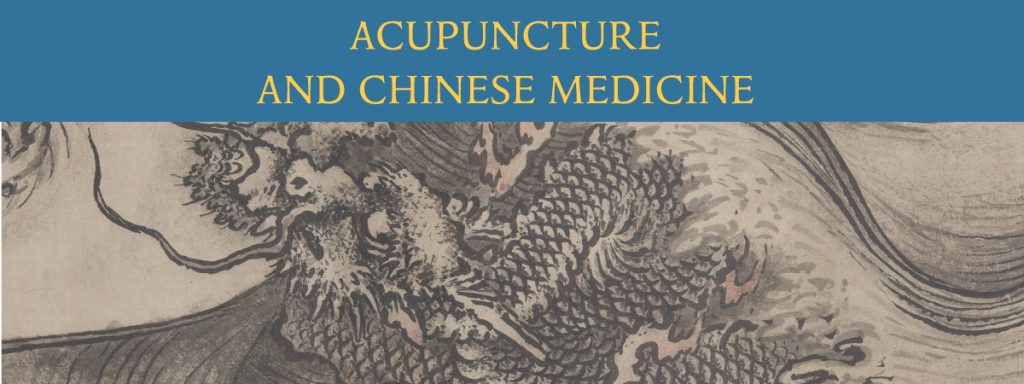Charles Buck is widely respected as a practitioner, educator and author in the field of acupuncture and Chinese medicine. Originally from a medical science background he became one of the first to practise and teach Chinese herbal medicine in the UK over thirty years ago. He has since gained respect for his knowledge and insight and has made significant contributions to its development in the UK and Europe. In this article, he gives a short overview on how traditional Chinese therapies, such as acupuncture and moxibustion, first made their way to Europe, based on his book, Acupuncture and Chinese Medicine.
Between 1580 and 1680 Jesuit missionaries, traders and diplomats brought a slow trickle of hearsay medical knowledge to the West from China. Trade with China introduced Europeans to Ming and Qing dynasty ideas and aesthetics through fine commodities such as porcelain, silk and tea. Information on acu-moxa treatment filtered into Europe on the back of the wider romances with Chinoiserie that occurred in the 17th and 18th centuries. Around the same time the Chinese purgative herb da huang (Rheum palmatum) was supplied as a medicinal product to apothecaries across Europe – coming along the Silk Route it was distributed via Istanbul and known as ‘Turkey Rhubarb’.
